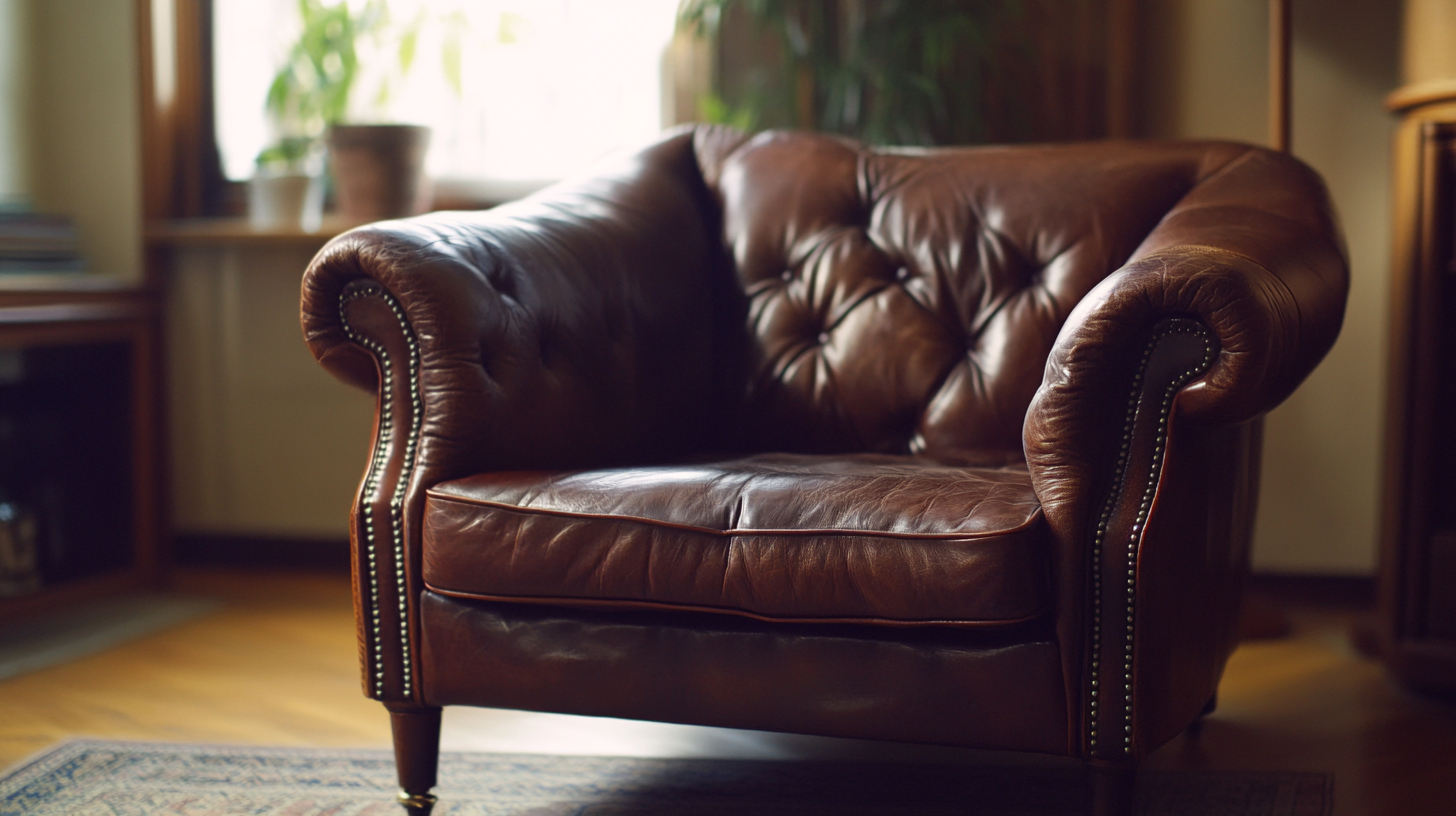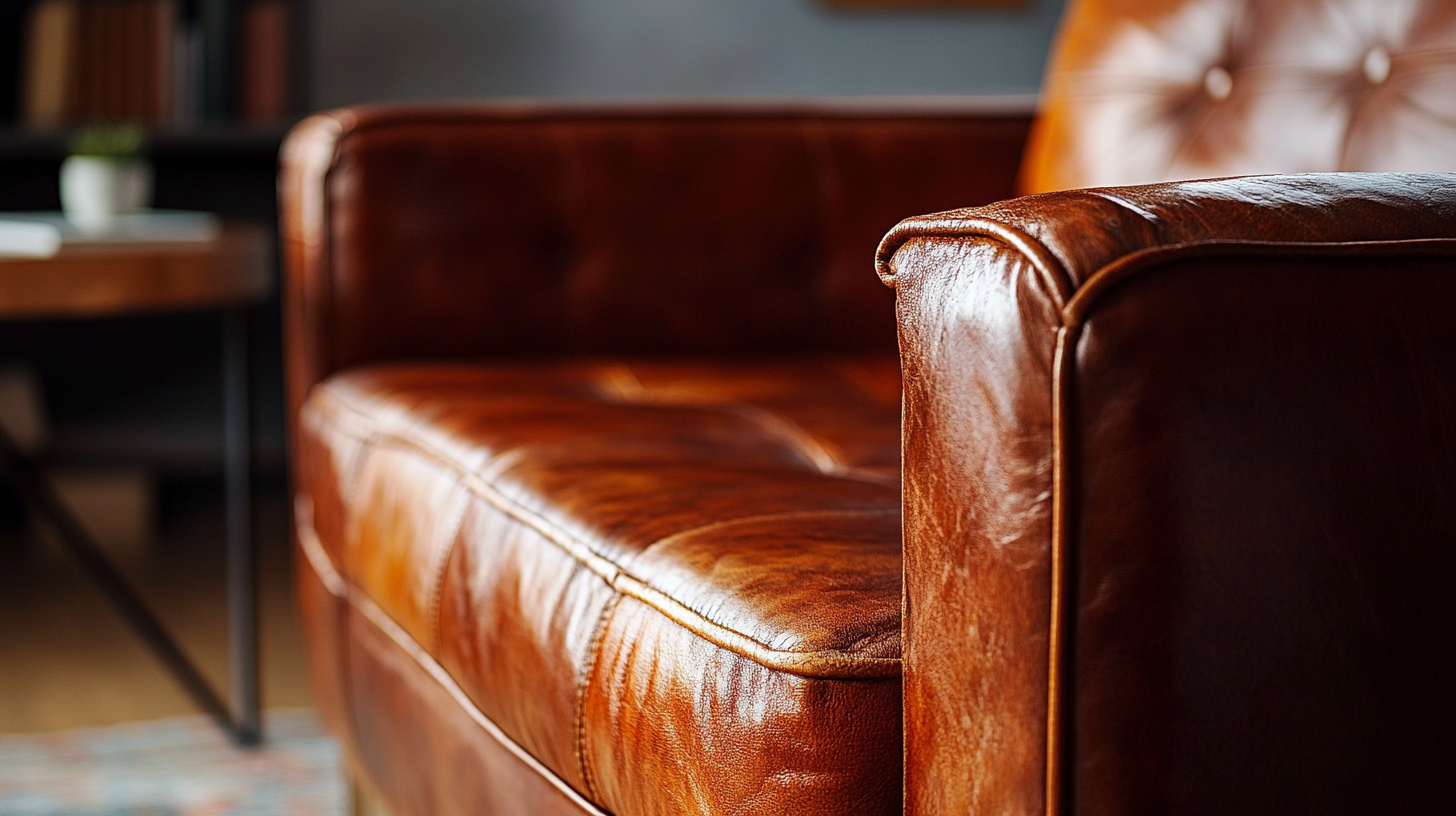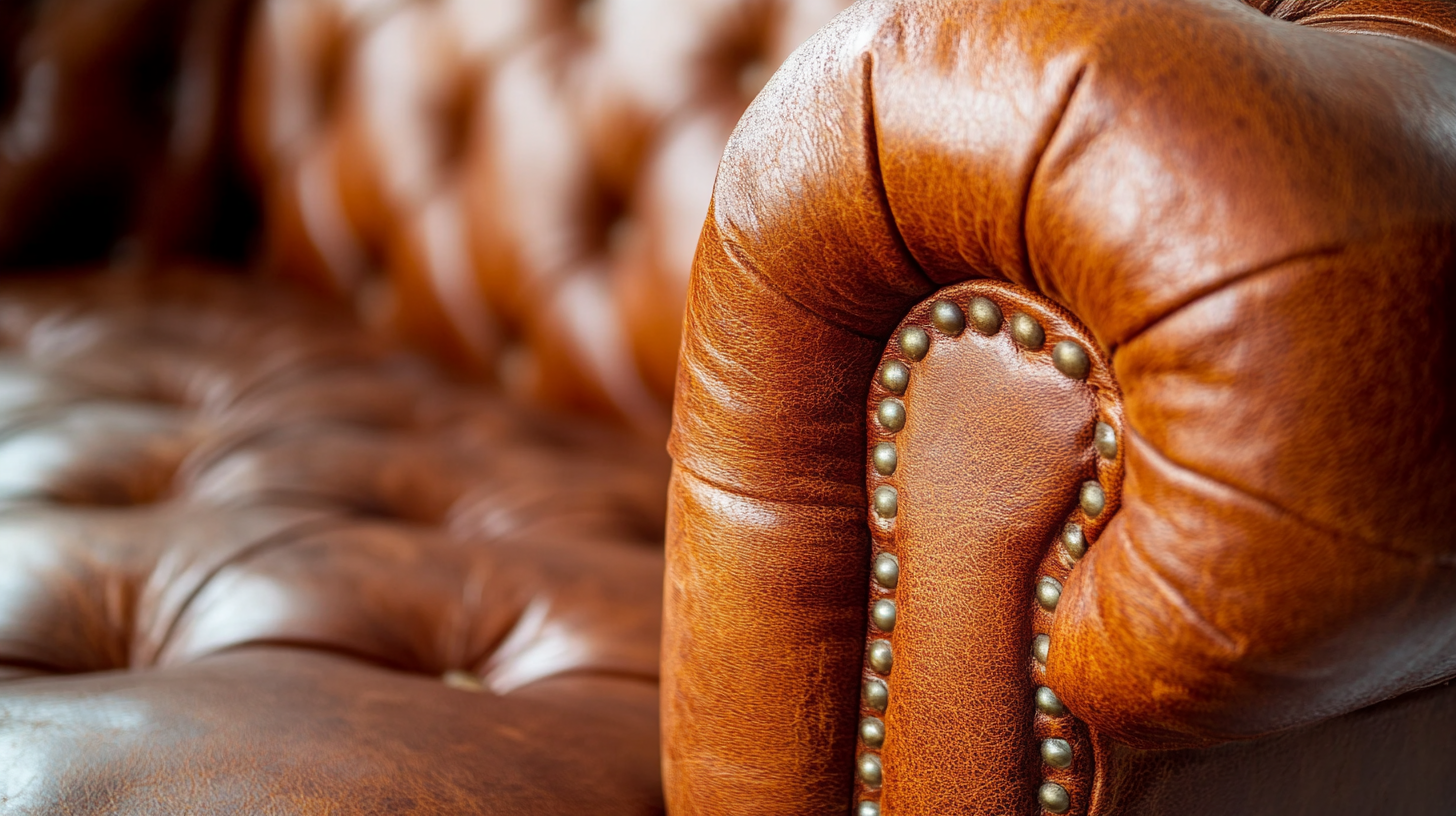Exploring the Unique Features and Applications of Best Leather Furniture: A Comprehensive Guide for Global Buyers
The luxury market for Leather Furniture has experienced a noteworthy surge, with predictions estimating its global market value to exceed $50 billion by 2025, according to a recent report by Grand View Research. This growth is driven by increasing consumer demand for premium and sustainable home furnishings that not only enhance aesthetic appeal but also provide long-lasting durability. Renowned for its comfort and elegance, leather furniture has become a quintessential choice for both residential and commercial spaces.

In this comprehensive guide, we will explore the unique features and diverse applications of the best leather furniture available, equipping global buyers with top strategies to make informed purchasing decisions. Whether for a chic urban apartment or a luxurious office setting, understanding the nuances of leather furniture will empower consumers to invest wisely in their interiors.
Understanding the Different Types of Leather and Their Suitability for Furniture
When selecting leather furniture, understanding the different types of leather is crucial for ensuring both aesthetic appeal and durability. The most common types include full-grain, top-grain, bonded leather, and suede. According to industry reports, full-grain leather is often deemed the highest quality, renowned for its durability and unique patina that develops over time. Conversely, bonded leather, which is made from leftover scraps, offers a more affordable option but lacks the longevity and luxury feel of its higher-end counterparts.
Moreover, the suitability of leather varies with the intended use of the furniture. For instance, top-grain leather is both soft and resilient, making it a perfect fit for sofas and chairs that will see heavy use. Meanwhile, suedes can provide a more fashionable look but require additional care as they are more susceptible to staining. With the diverse range of leather types available, buyers must consider both their lifestyle and aesthetic preferences to select the right leather furniture that complements their home while standing the test of time.
Evaluating the Durability and Maintenance Needs of Leather Furniture Options
When considering leather furniture, one of the most critical factors to evaluate is its durability. High-quality leather furniture can last for decades if properly maintained. The material is naturally resilient, with a strength that surpasses many fabric alternatives. However, it is essential to choose the right type of leather, as some finishes and grades may wear more quickly than others. Aniline leather, for example, is known for its beauty and breathability but is less stain-resistant than pigmented leather. Buyers should assess their needs against the leather type to ensure longevity.
Maintenance is another crucial aspect to keep leather furniture looking its best. Regular cleaning using a soft cloth and a specialized leather cleaner prevents dust and grime buildup. Conditioning the leather periodically with a suitable conditioner is also vital, as it keeps the material supple and prevents cracking. Moreover, avoiding direct sunlight and moisture can significantly enhance the lifespan of your leather furniture. Understanding these maintenance needs allows buyers to make informed decisions that align with their lifestyle while ensuring their investment remains stylish and durable for years to come.
Exploring the Unique Features and Applications of Best Leather Furniture: A Comprehensive Guide for Global Buyers
| Feature | Description | Durability Rating (1-10) | Maintenance Needs | Typical Applications |
|---|---|---|---|---|
| Type of Leather | Full-grain leather is the highest quality and most durable leather available. | 10 | Requires conditioning every 6 to 12 months. | High-end furniture, luxury car interiors. |
| Finish | Aniline leather retains natural markings and feels soft to touch. | 8 | Wipe with a damp cloth and apply leather cleaner periodically. | Luxury sofas, executive chairs. |
| Color Options | Leather can be dyed in various colors, from classic browns to vibrant hues. | 7 | Regular cleaning and spot treatment for stains. | Couches, recliners, and chairs in modern homes. |
| Cost Efficiency | A higher initial investment is offset by the durability and long lifespan. | 9 | Regularly apply a leather conditioner. | Residential furniture, office furniture. |
| Comfort | Leather provides a comfortable seating experience with proper temperature regulation. | 8 | Clean and treat with appropriate products to enhance comfort. | Living room sets, lounge furniture. |
Key Design Trends in Leather Furniture for Contemporary Home Interiors
The design of leather furniture has evolved significantly in recent years, reflecting contemporary trends that prioritize both aesthetics and functionality. According to a 2023 report from the Furniture Industry Research Association, the global leather furniture market is projected to reach USD 48 billion by 2026, driven largely by a surge in demand for stylish yet durable home furnishings. Modern consumers are drawn to leather not only for its luxurious appearance but also for its longevity and ease of maintenance, making it an ideal choice for families and professionals alike.
A key design trend currently influencing leather furniture is the shift towards sustainable practices. More manufacturers are sourcing eco-friendly, ethically tanned leather, which appeals to the growing demographic of environmentally conscious buyers. Additionally, minimalism and multifunctional furniture are dominating contemporary interiors. Brands are increasingly producing sleek, modular leather pieces that can adapt to various living spaces, offering versatility without compromising style. Furthermore, bold colors and textures are emerging as popular choices, allowing homeowners to express their individuality while maintaining a sophisticated vibe in their interiors. This fusion of sustainability and innovation is shaping the future of leather furniture design.

The Economic Impact of Leather Furniture on Global Interior Design Markets
The leather furniture market exerts a significant economic impact on global interior design, with its dynamics shaped by emerging trends and innovative technologies. As the leather chemicals market is projected to grow from $10.84 billion in 2025 to an impressive $16.45 billion by 2032, it highlights the increasing demand for high-quality leather products. This growth is not just reflective of consumer preferences but also underscores the evolving design methodologies that incorporate sustainability and customization in furniture.
Additionally, the expansion of the US home furniture market, anticipated to increase by $11.7 billion between 2024 and 2028, suggests a robust correlation between residential construction and interior design choices. The integration of artificial intelligence in this sector is redefining how manufacturers approach design and production, enabling them to meet the diverse needs of consumers more effectively. Consequently, luxury leather furniture is becoming a staple in contemporary interiors, offering both aesthetic appeal and functional excellence, thereby further solidifying its status within the global market.

Sustainable Practices in Leather Furniture Production: Insights and Innovations
In recent years, sustainable practices in leather furniture production have emerged as a crucial focus for manufacturers and consumers alike. As the furniture industry grapples with challenges such as resource waste and high carbon footprints, innovative solutions are being sought to revolutionize the sector. Many companies are turning to eco-friendly materials and processes, showcasing a commitment to sustainability that resonates with today's environmentally conscious buyers. Reclaimed materials, for instance, are being reimagined to serve as resilient alternatives to traditional leather, reflecting a shift towards more responsible production methods.
Moreover, the commitment to sustainability goes beyond just material choices. The integration of circular design principles is becoming commonplace, as industries strive to minimize waste and extend the lifecycle of products. Events like design symposiums are facilitating critical discussions on sustainable innovation, emphasizing the need for the furniture industry to adapt and thrive amidst evolving market demands. Embracing such practices not only contributes to a greener future but also positions brands as leaders in an increasingly competitive landscape, where consumers are more informed and demand accountability from the brands they choose.
Exploring Leather Furniture Sustainability Practices
This chart illustrates the percentage of sustainable materials used in leather furniture production across various regions. It highlights the growing trend towards eco-friendly practices in the industry.
